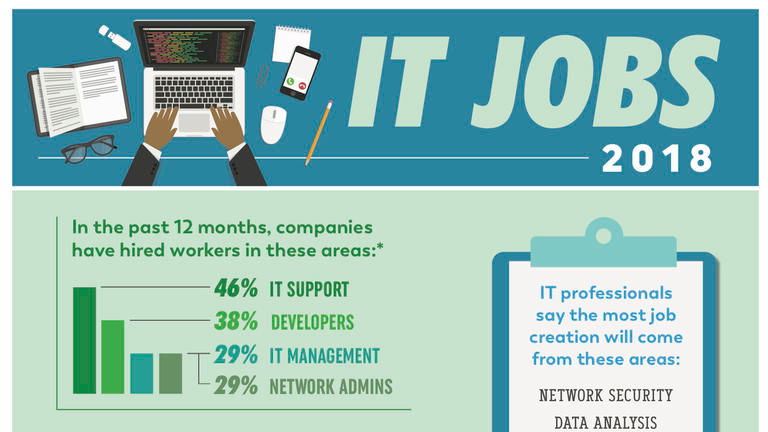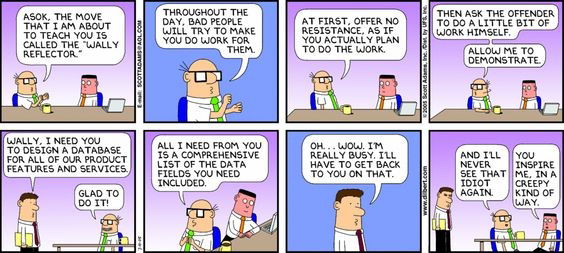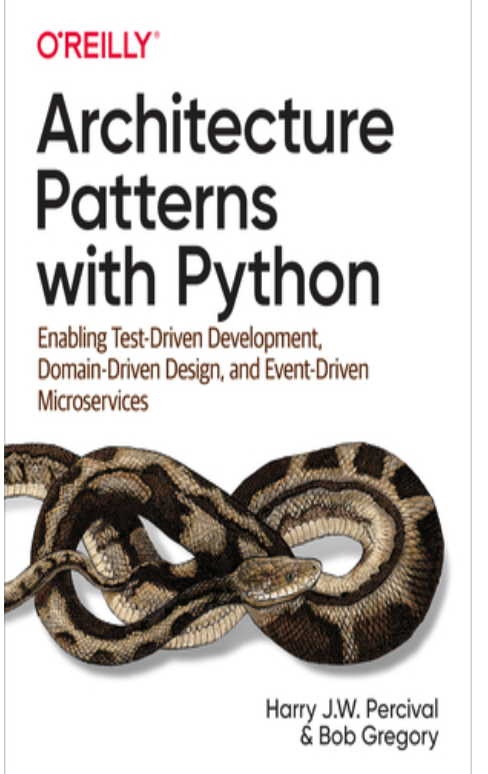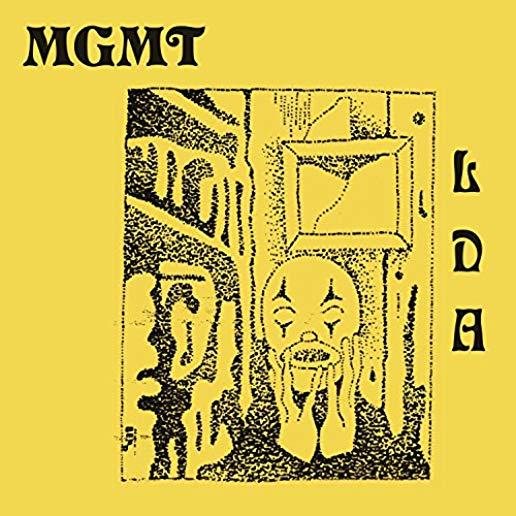Rock Star Developers, Myth or Not?
They say that the best developers outperform the worst by a factor of 10 or as much as 100 — Recently, this concept was brought up again in a CNBC article titled, Netflix CEO on paying sky-high salaries: ‘The best are easily 10 times better than average.’ In the article, Netflix’s CEO, Reed Hastings referenced the 1968 “rock-star principle†study and attributes it to their success in keeping their teams lean and agile by hiring top talent and paying them bookoo bucks.
Although the study was not of sufficient size to draw broad conclusions, the concept has rippled through the industry for decades. Only nine trainee programmers were tasked with a series of coding and debugging exercises and asked to complete them within two hours. The result? Researchers expected that the best programmer would outperform his average counterpart by a factor of two or three. But it turned out that the most skilled programmer far outperformed the worst. The best developer was 20 times faster at coding, 25 times faster at debugging, and 10 times faster at program execution than the programmer with the lowest marks.
Fast forward to today, we know that “rock-star†programmers exist but as one NY Times reviewer put it best in response to an article titled, A Journey if You Dare Into the Minds of Silicon Valley Programmers, —
“The premise is a vast understatement and simplification of the complex world of computer science. Coders play a role; but without business analysts, architects, designers, network, server, and hardware support, code is meaningless. Code is one of the last steps of implementing a cohesive system that provides value. Most coders in today’s world are given design specifications for a module. Then they produce code. That specific code is tested against the specs, then integration testing starts by the test teams. Coding is a part of a rigorous process, not a standalone effort by reclusive weirdos.†Not a science but an art!
That stated, the best software developers build and design systems that capture core business functionality, mitigate capacity constraints and address rapid new feature inclusions via a plugin framework. They do this by analyzing concepts, prioritizing, and writing clean efficient code all of which address risk. What good is a system that works but exposes an organization to unintended consequences?
As any good to great developer will tell you, coding is just a tool to solve a particular set of problems, not a solution, just the medium. The solution likely involves a slew of different disciplines: math, graphic design, logic, market research, usability studies, psychology, machine learning, project management, hardware design, etc. Clearly no one individual can master all of these traits; hence, a number of people with varied backgrounds, i.e. not necessarily all programmers, are involved in the majority of software development engagements. Pinning the output of the 1968 “rock-star study†to today's practices is rather simplistic and flawed.
So how do you build a highly functioning system without breaking the bank i.e. hiring a rock star? We suggest the following: create a team environment where each member's strengths complement another member's weaknesses. Adopt a development framework that details pivot points, provides clear and achievable objectives and rewards and recognizes teams for a timely completion.
Unlike an Aspirin used to address a headache or a Michael Jordon to win an NBA championship, team building will require an upfront time and financial investment. Another alternative is to procure the services of a third party training and development organization. We can help you with either choice.
Susan Begonja
Account Manager - Hartmann Software Group
info@hartmannsoftware.com
303-377-6176


















